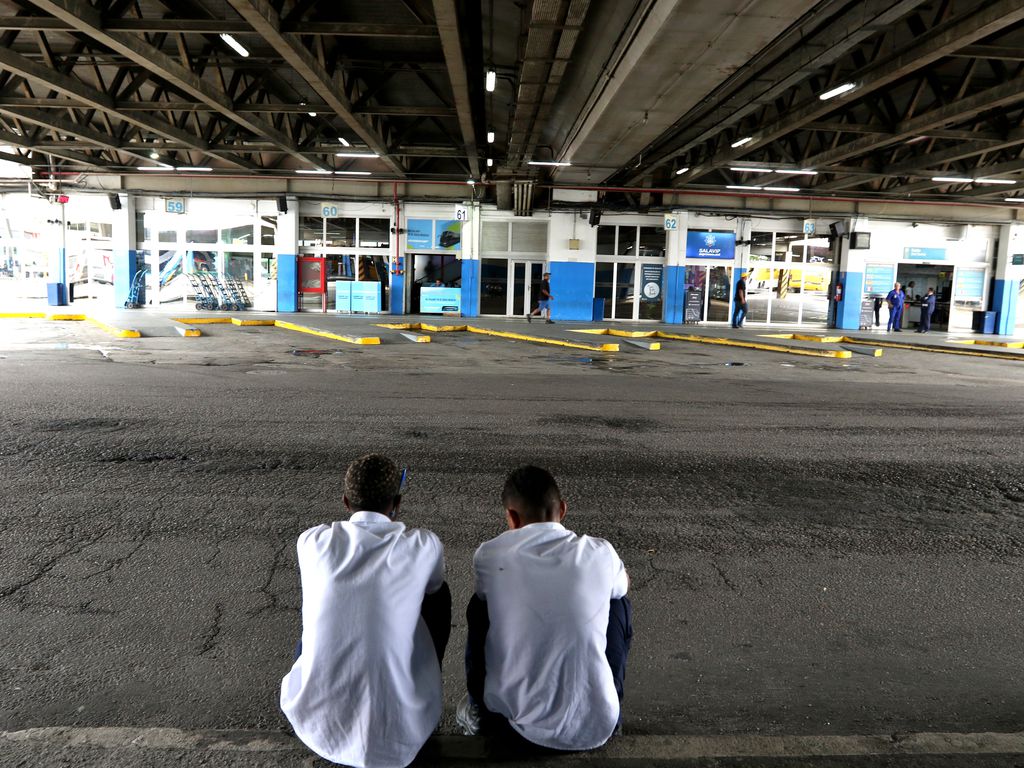According to the latest update by the Federal Highway Police, there remained 156 points of obstruction or blockade on highways across the country. Authorities say they ended another 601 incidents over the past few days.
Since Sunday night, when President Jair Bolsonaro lost the presidential election to Luiz Inácio Lula da Silva, Bolsonaro loyalists have tried to strangle the country through road blockades as they urge the president to lead a military coup.
Mr. Bolsonaro kept silent after the results were confirmed, only speaking over 43 hours after the election was called. A union of highway police agents said the president’s silence made it more difficult to pacify the country.
When the president did speak, he failed to explicitly concede the election or congratulate Lula for the win.
During a two-minute speech, he said the current “popular movements are the result of outrage and a sentiment of injustice over how the electoral process unfolded.”
Mr. Bolsonaro did not unequivocally instruct supporters to clear highways, saying “our methods can’t emulate those of the left, which always hurt the population, such as land invasions, destruction of public property, or curbing the right to come and go.”
Over 60 percent of all cargo in Brazil is transported on highways, and the anti-democratic protests have already begun to impact supply chains across the country.
Airlines warned about a possible fuel shortage, while the National Confederation of Industry (CNI) claims that many factories are already feeling impacts on shipments. The CNI says that 99 percent of Brazilian companies use the roadway modal for cargo in some way.
In 2018, a ten-day truckers’ lockout grinded the country to a halt and caused billionaire losses. Millions of animals died of starvation, as animal feed couldn’t be moved, and food products were lost. Fuel shortages affected multiple regions. The government estimated at the time a 1.2 percentage-point loss to GDP. Industrial output dropped by 10.9 percent that year.


 Search
Search






































